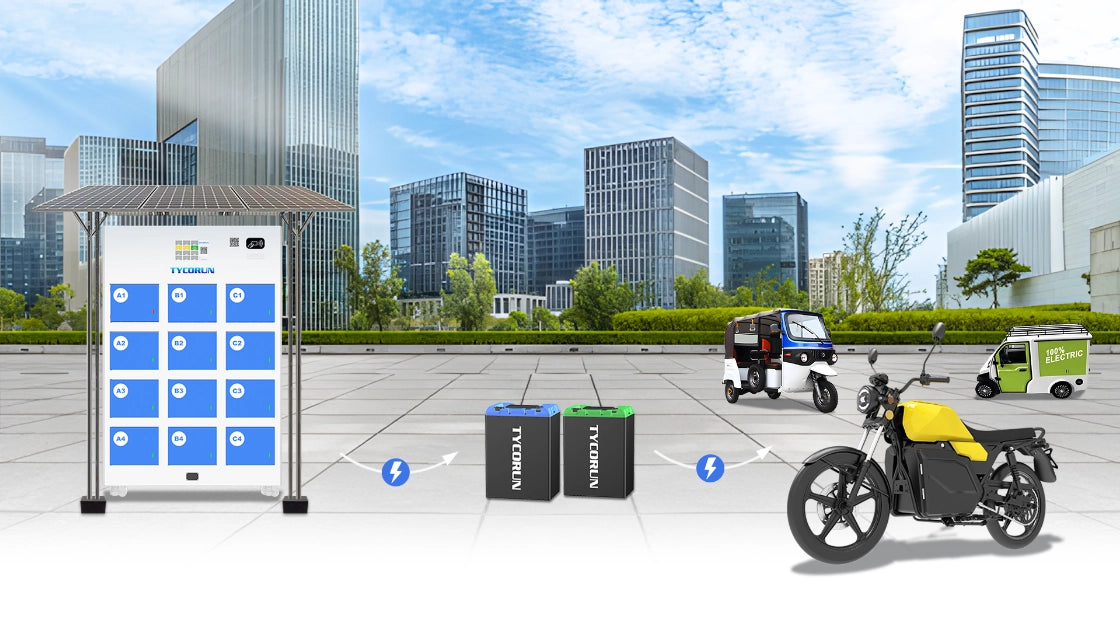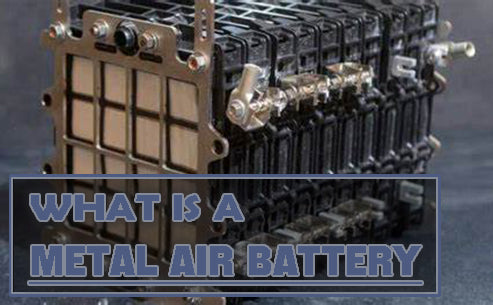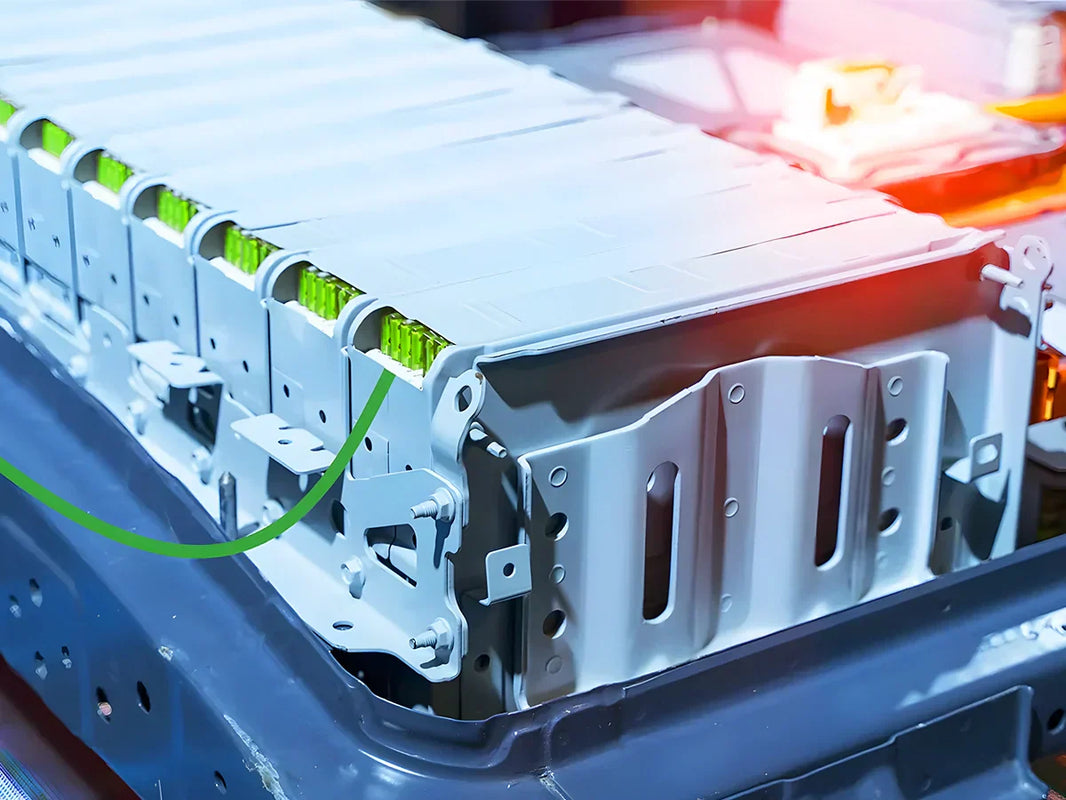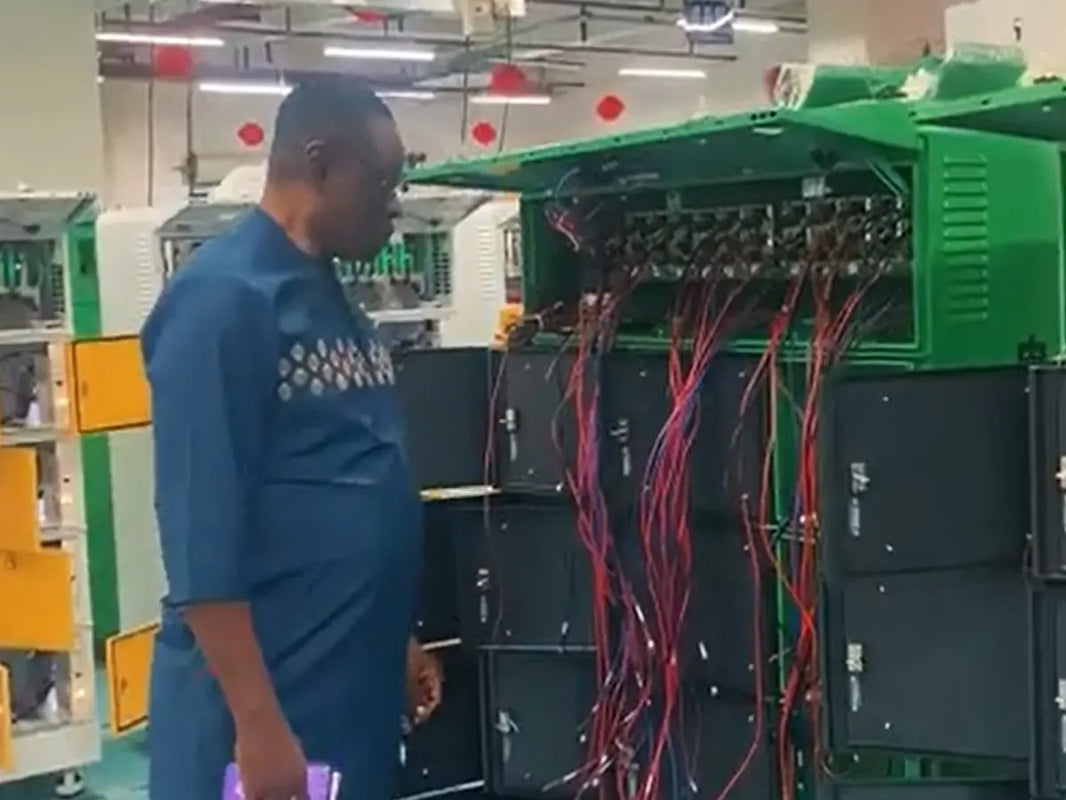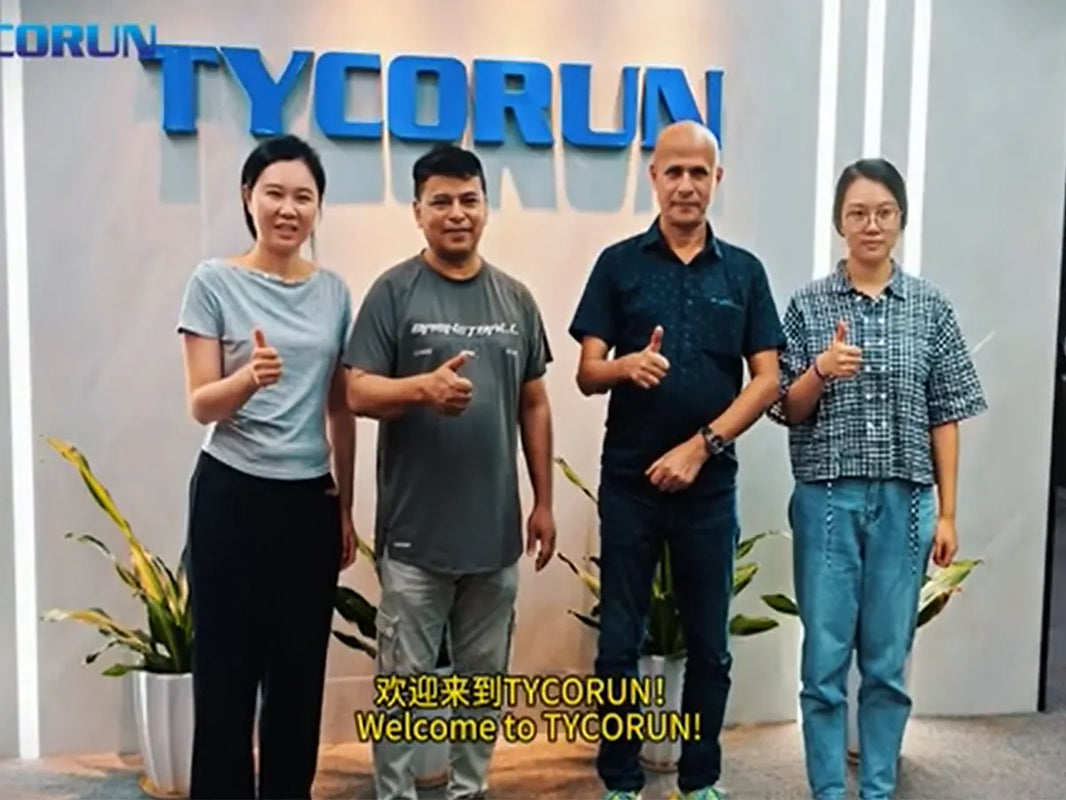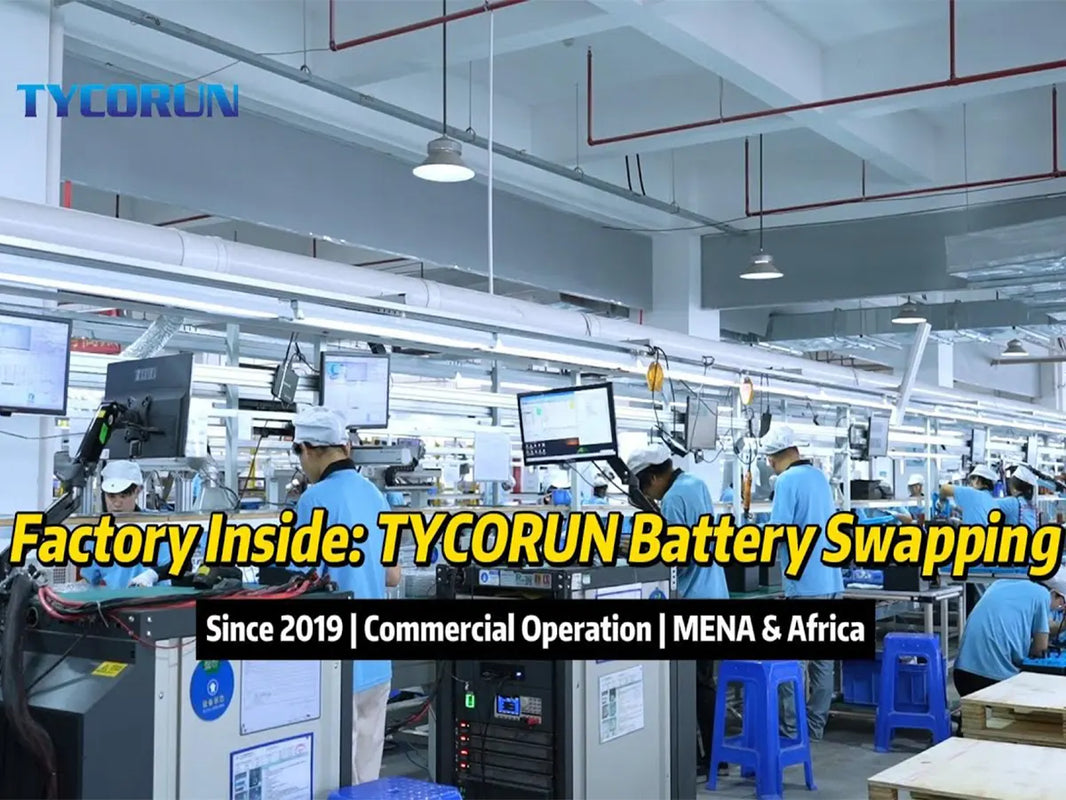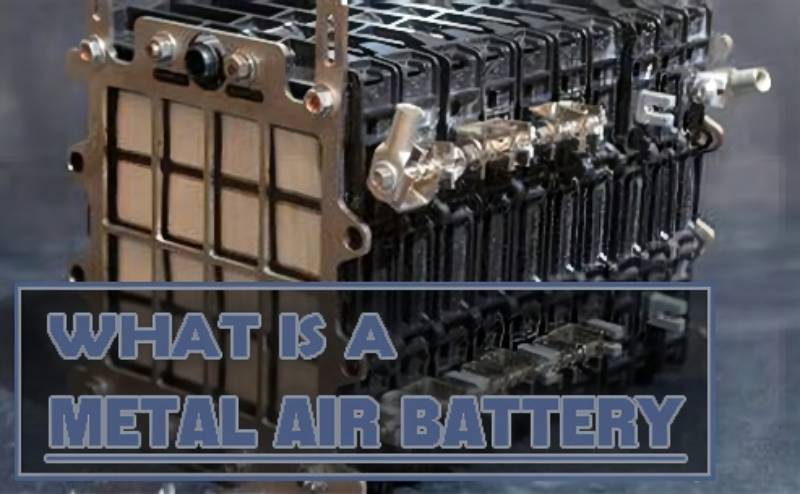
Main content:
The ultimate battery made from air is expected to appear in the near future. The battery does not require traditional electrodes and is 1/5 the weight of existing lithium batteries. Metal air battery has the advantages of good rate performance, high energy density, and low carbon sustainability. Metal air battery is a kind of half energy storage and half fuel battery, which is considered as a new generation of energy storage and conversion device.
1. Lithium-air battery
Among the metal air battery, the lithium-air battery can be traced back to 1976. The anode electrode of the battery is metal lithium, the cathode electrode is a composite material with reasonable pore structure and ORR catalytic activity, the separator is glass fiber or PP membrane, and the electrolyte is generally 1M LiTFSI dissolved in TEGDME or DMSO. During discharge, the anode electrode lithium loses electrons and becomes Li+, which migrates to the cathode electrode after crossing the separator. On the cathode side, with the assistance of the catalyst, oxygen obtains external circuit electrons to generate ORR reaction to generate intermediate ions O2−, Li+ combines with O2− to form LiO2, and then undergoes further electrochemical reduction or chemical reduction to generate the final discharge product Li2O2.
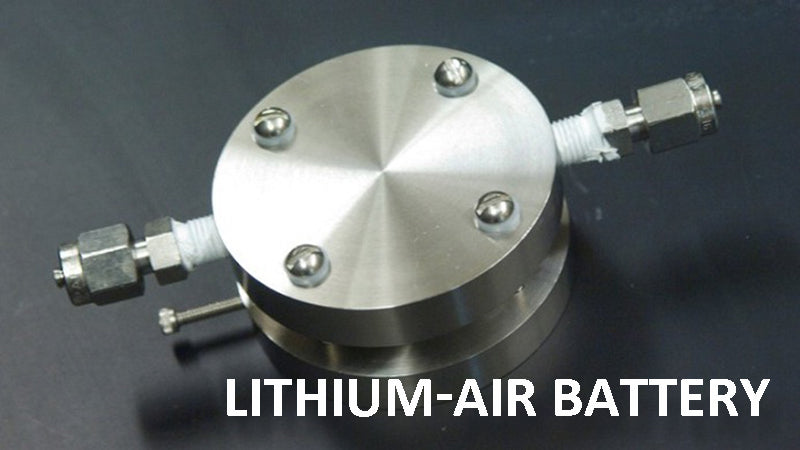
During charging, Li2O2 undergoes an oxidation reaction to form LiO2-x, which is further decomposed into Li+ and O2, and Li+ migrates back to the anode electrode and regenerates metallic lithium. Compared with lithium metal battery, in lithium-air battery, oxygen is the real positive reactant during the whole battery reaction process. The porous cathode is an important component of lithium-oxygen batteries. Its function is to support the active material, provide the gas-liquid-solid three-phase interface for the electrochemical reaction between oxygen and lithium ions, and act as a catalyst for the ORR/OER process during charge and discharge.
2. Aluminum-air battery
Metal aluminum was used in battery materials as early as the 19th century. In 1960, experts studied the theory of aluminum anode in metal air battery system in fuel cell, and discussed its feasibility. In 1962, metal aluminum-air batteries were studied. After that, after continuous development, in 1979, experts used seawater as the electrolyte for aluminum-air batteries and applied it in electric vehicles. Since 1990, aluminum-air batteries have been used in various fields, such as applications in chemical power sources, electric vehicles, and underwater submarines.
In the metal air battery, the anode electrode of the aluminum-air battery consumes metal aluminum and is composed of high-purity aluminum or aluminum alloy. The cathode electrode consumes oxygen and is composed of a waterproof breathable membrane, a catalyst and a conductive material. The electrolyte consumes water and consists of an alkaline solution or a saline solution. During the operation of the battery, aluminum metal dissolves in the electrolyte to form the white metal hydroxide Al(OH)3. Oxygen enters the cathode electrode through the waterproof and breathable film and reacts with water under the action of catalyst to generate OH-, and the chemical energy of the substance is converted into electric energy.
3. Zinc-air battery
The research on zinc-air batteries can be traced back to 1879, when ammonium chloride aqueous solution was used as electrolyte to assemble the earliest zinc-air batteries in history. In metal air battery, zinc-air battery is a metal-air battery composed of zinc anode, electrolyte, air cathode and diaphragm separator. The anode electrode can use pure zinc plate, zinc foil, zinc alloy and so on. The electrolyte usually uses a 6 mol/L potassium hydroxide solution with good conductivity and O2 diffusion coefficient.
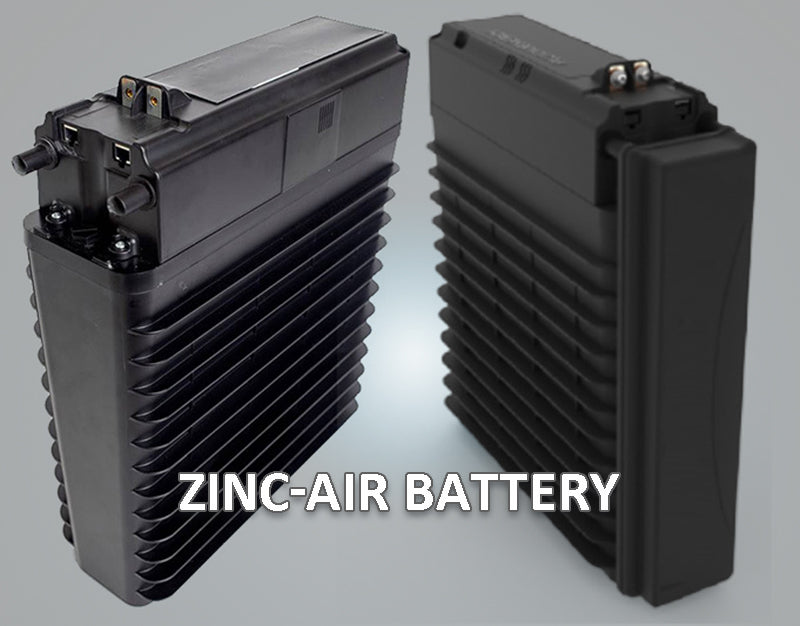
The quality of its air cathode preparation is the core of the zinc-air battery, which usually consists of a gas diffusion layer in the gas phase, a catalyst layer in the solid phase, and a current collector layer in the liquid phase to form a three-phase interface. The membrane separator not only requires high sealing performance to avoid liquid leakage, but also ensures that the catalyst layer is in good contact with the air to facilitate the reaction. During the discharge process of the zinc-air battery, the zinc of the anode electrode of the battery is oxidized in the electrolyte to form free zincate ions (Zn(OH)42-) and release electrons to the external circuit.
When the saturated state is reached, Zn(OH)42- ions gradually generate ZnO which is insoluble in water. At the three-phase interface of the cathode electrode of the battery, O2 in the air accepts electrons from the anode electrode, and a reduction reaction occurs on the catalyst layer to become OH-, which is used to supplement the OH- consumed by the anode electrode to maintain the electrochemical balance. The charging process is the reverse reaction process of discharge, that is, Zn(OH)42- gains electrons and is reduced to Zn at the anode, while at the cathode OH- loses electrons and desorbs O2.
4. Sodium-air battery
The sodium-air battery started late in the metal air battery. In 2011, it was proposed to use liquid molten sodium instead of metal lithium as the anode to obtain a sodium-air battery that works normally in the range of 105~110 °C. In recent years, research on sodium-air batteries has gained unprecedented momentum. The sodium-air battery is composed of a porous carbonaceous material as the air/oxygen cathode and pristine sodium metal as the anode. The two electrodes are sandwiched between a separator containing an aprotic electrolyte. The cathode reactant O2 diffuses from the surrounding air into the porous carbon during discharge.
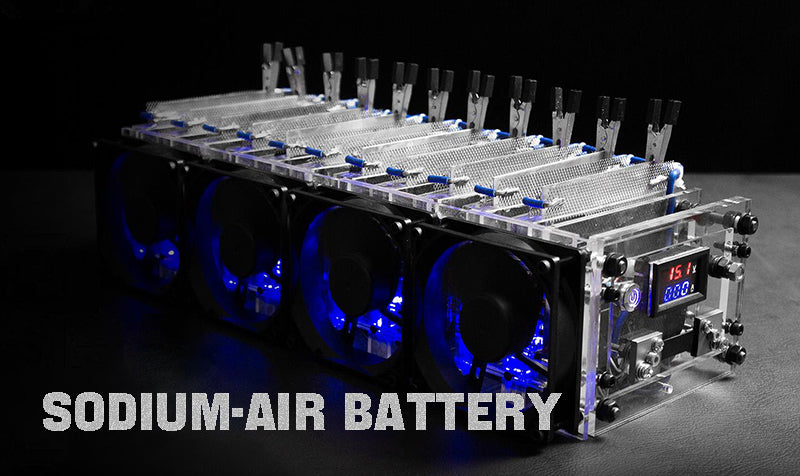
During discharge, metallic sodium is oxidized to sodium ions (Na+), which migrate to the cathode through the organic electrolyte. Simultaneously, O2 is reduced at the cathode surface to form reduced oxygen (O2- or O22-), which then combines with the migrated Na+ to form metal oxides as discharge products. When the battery is fully charged, the reaction proceeds in the opposite direction, with Na-metal plating at the anode and oxygen escaping at the cathode. In addition, our website also organizes the top 10 sodium-ion battery companies. You can read this article to learn more about the layout of these companies for sodium-ion batteries and the difference between sodium-ion batteries and sodium-air batteries.
5. Magnesium-air battery
Magnesium-air batteries generally use Mg and its alloys as the anode electrode and 6 mol/L NaOH or KOH as the electrolyte in the metal air battery. The cathode electrode is an air electrode on which a mixture of catalyst and conductive carbon black is loaded. In the discharge work of the magnesium-air battery, the magnesium metal reacts with the electrolyte to release electrons, and the electrons reach the three-phase junction of the air electrode through the external circuit and react with oxygen and water to generate hydroxide ions. At present, there are only a few experimental and theoretical reports on magnesium-air batteries, which are still in the early stage of development, and their cycle capacity is very limited.
6. Potassium-air battery
Potassium-air batteries realize the supply of electric current through a simple one-electron process without the use of expensive electrocatalysts. During discharge of metal air battery, potassium-air battery is easier to obtain thermodynamically stable KO2 due to the steric repulsion between K+, and KO2 is the only discharge product. During the charging process, KO2 is decomposed into K+ and O2, and the whole electrode reaction is realized by the single-electron redox couple O2/O2-.
7. Iron-air battery
Iron-air battery is metal air battery that uses metallic iron as the anode, the air electrode as the anode electrode, and an alkaline or neutral salt solution as the electrolyte. The anode generally does not use bulk iron, but uses the form of active iron powder to make a bag-type electrode. In order to improve its activity, oxides or other elements are often added to the iron powder to improve the discharge capacity of the iron electrode.

Compared with other metal air battery, iron-air batteries have lower discharge voltage and specific energy density, and higher development and use costs, so there is less research on iron-air batteries at present. The most important factors affecting the electrode performance of iron-air batteries are the passivation of the iron electrode surface under high-rate discharge and the severe hydrogen evolution reaction inside the battery during the charging process. The hydrogen evolution reaction consumes about half of the battery energy and greatly reduces the Faradaic current efficiency.
8. Conclusion
Metal air battery uses lightweight active metals as anode materials, which have the advantages of high energy density and stable discharge. In addition, its products are mainly metal oxides, which do not pollute the environment. It is an advanced energy technology with both energy and environmental protection. Currently, metal air battery has become the subject of intensive research worldwide and have made great strides in the past decade. It is expected to be used in new energy vehicles, portable equipment, stationary power generation devices and other fields in the future.
Related article: top 10 lithium ion battery anode material companies in China, lithium vs sodium battery, top 10 battery aluminum plastic film brands

